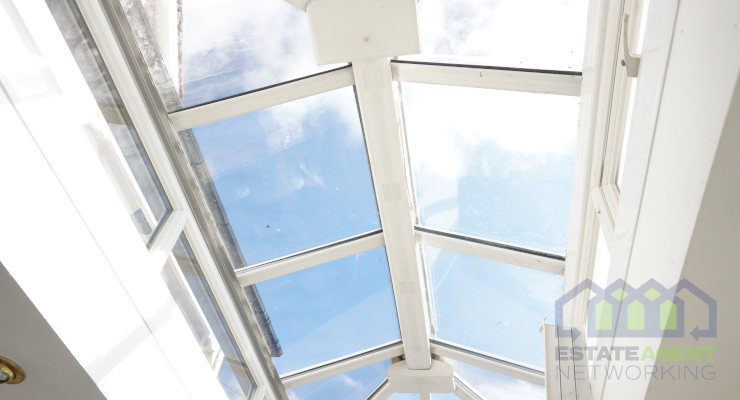Conservatory vs orangery, which is right for you?
The terms orangery and conservatory are often used interchangeably, though there are differences in how they are built and used. What is a conservatory, and how does it compare to an orangery? And how do you know which one is right for you?
What is a conservatory?
The conservatory is more than a sunroom. A conservatory has a pitched roof, though the roof itself may be glass or tarpaulin. It typically has either a small brick base or no brick base. The building or addition can be circular, P-shaped or T-shaped. They traditionally have French doors. They are notable for their large windows. They’re often used as a greenhouse but can be used as warm living space or a source of passive heating for the home. The conservatory might be called a sunroom or solarium. A conservatory company can help you build one that matches the architectural style of your home or the style you’d like to copy for your new sunroom.
What is an orangery?
An orangery can be used the same way as a conservatory, when it comes to living space. The structural elements are rather different. The orangery has a central flat roof, though there are glass lanterns in the middle to let in light. They have a larger brick base. They often have bifold doors. The orangery has windows on three sides, but they tend not to be as large as in a conservatory. The overhead windows were normally there to give the tropical plants like orange trees light while the smaller side windows minimized heat loss.
What are the benefits of a conservatory?
One point in favor of a conservatory is light. It lets the light in from almost every angle. That’s a benefit in a greenhouse, but it also helps your home when you want to rely on natural light as much as possible. Conservatories also give you the greatest view of your yard. Most of us are planning to continue working from home even beyond the pandemic. So now could be the perfect time to set up your conservatory office, you can visit the site to find out how.
What are the disadvantages of a conservatory?
The very definition of a conservatory is that the glass roof covers at least 75 percent of the roof, while glass walls are more than fifty percent. All that glass comes at a heavy cost â heating and cooling costs. In the winter, the conservatory can be the warmest part of the home during the day. However, you need to be careful to retain the heat at night. The conservatory can easily become too hot in the summer, though that’s why the doors are meant to be opened to the outdoors so much. In the modern home, you’ll either have to close the drapes or crank up the air conditioner.
What are the benefits of an orangery?
The original orangeries were massive structures. That’s why they historically had massive brick pillars in the middle. The average modern orangery is smaller than the average conservatory. This can bring down the construction cost. And the smaller windows mean lower energy bills. You can add to the savings by using high performance glass.
What are the disadvantages of an orangery?
The technical definition of an orangery is a home extension with glass walls covering less than 50 percent of the wall and a glass roof covering less than 75 percent of the roof. That means an orangery has less light than a comparable conservatory by its very definition.







